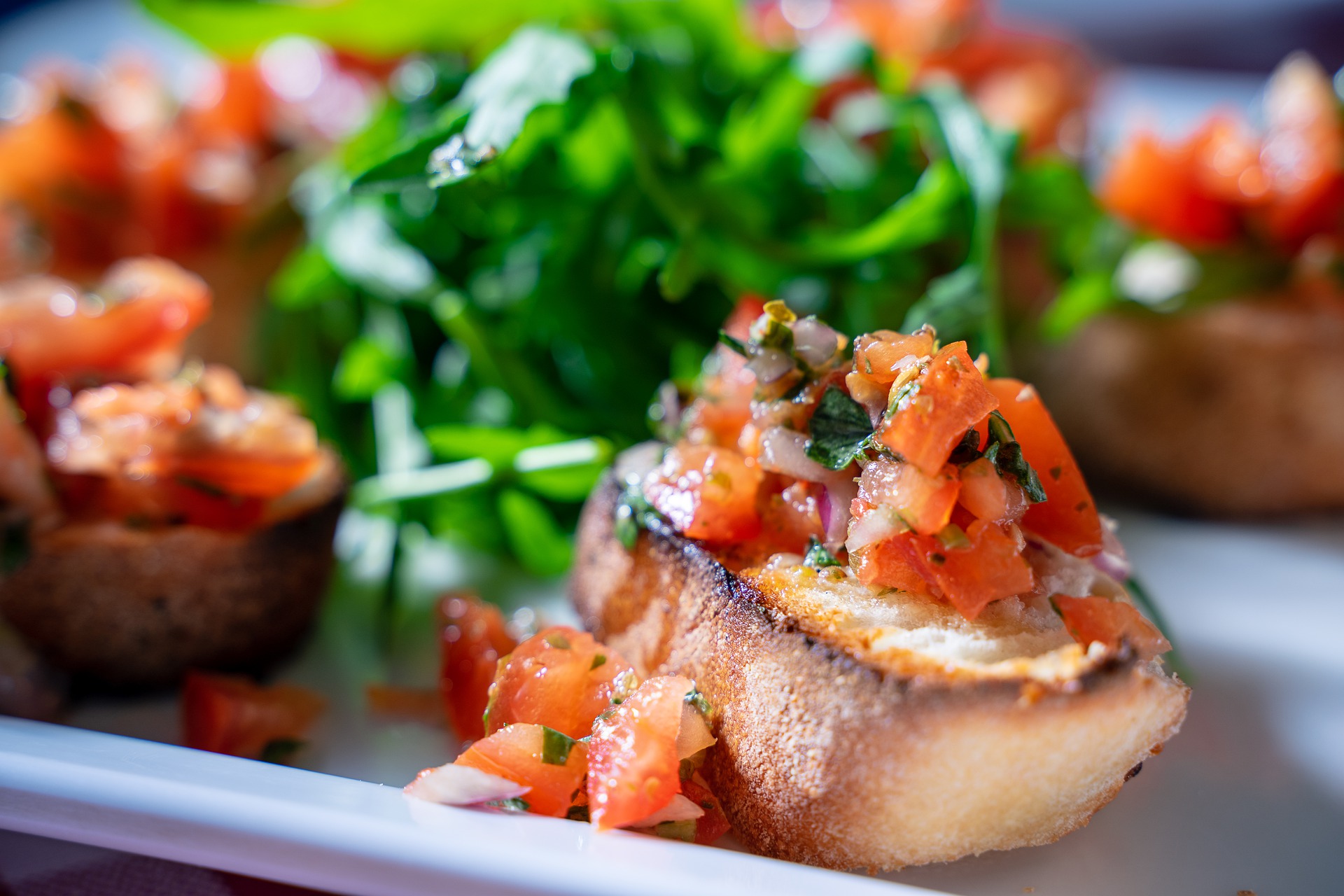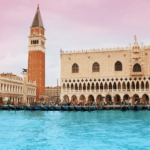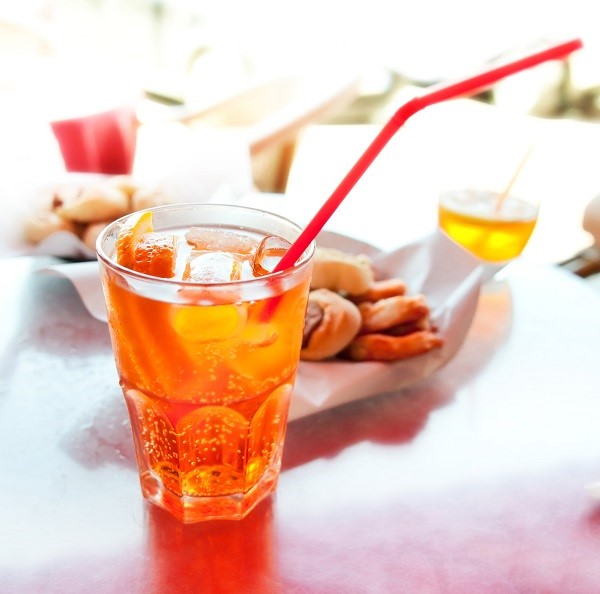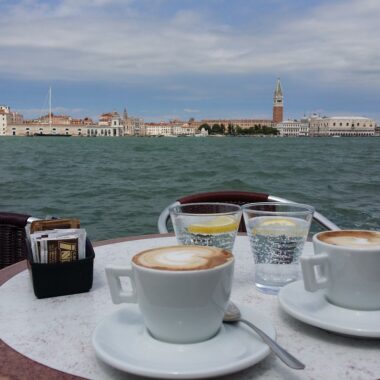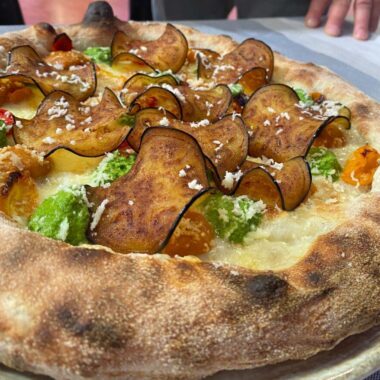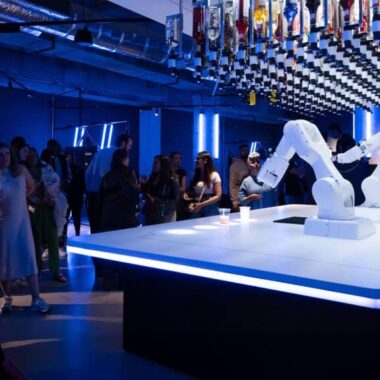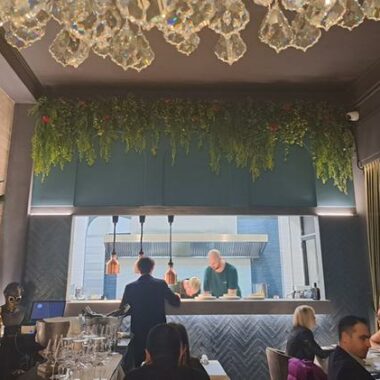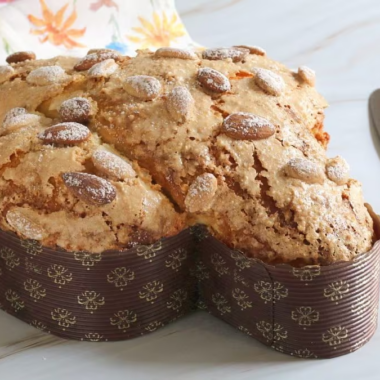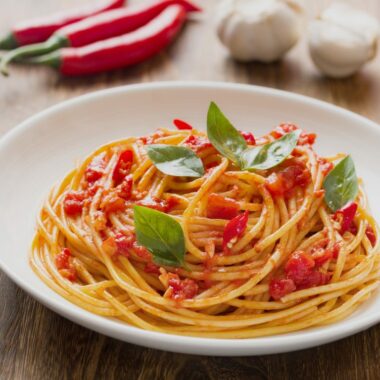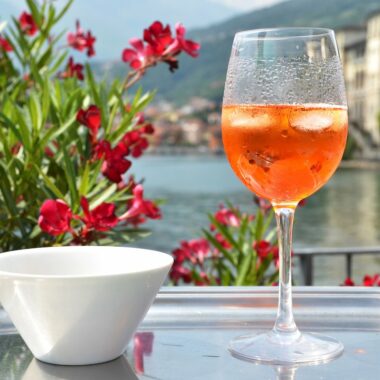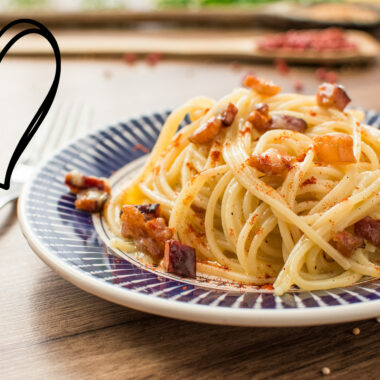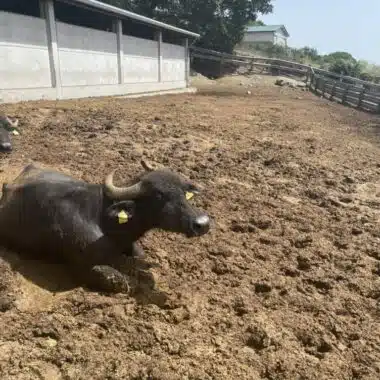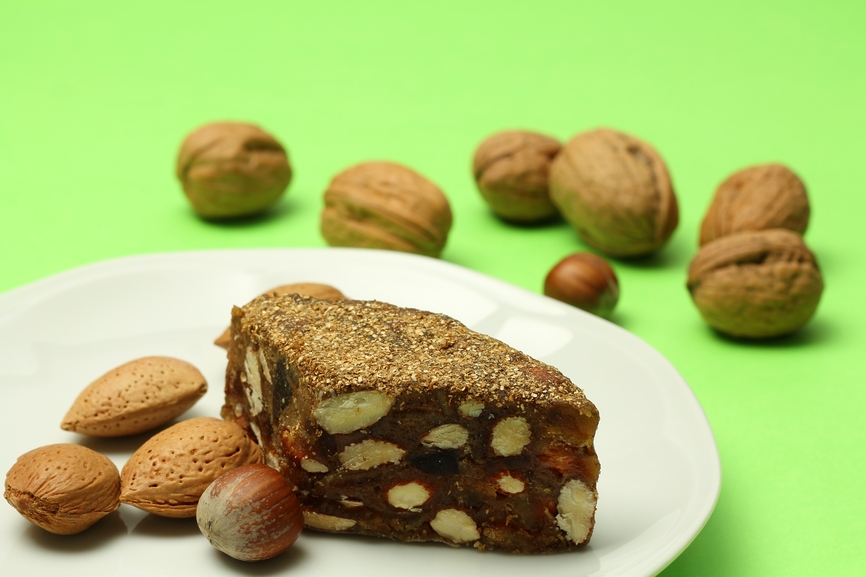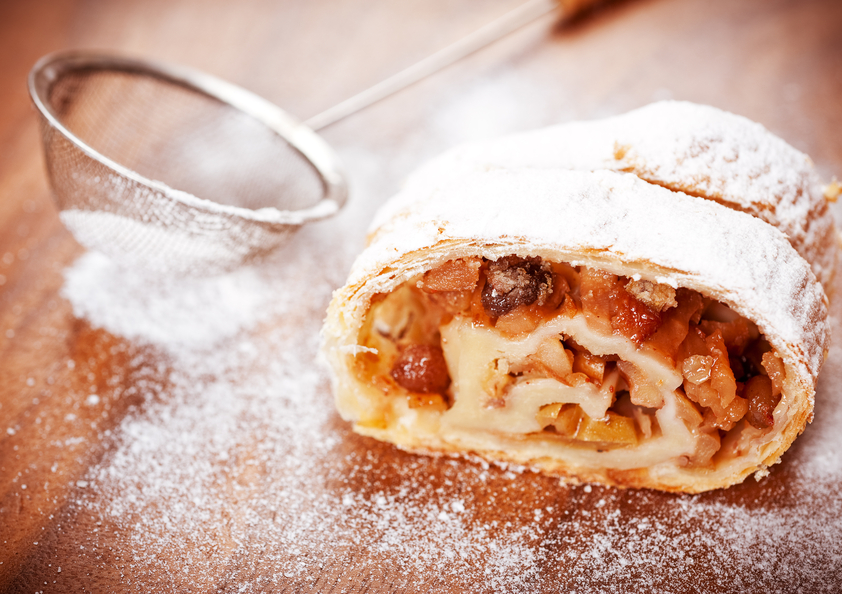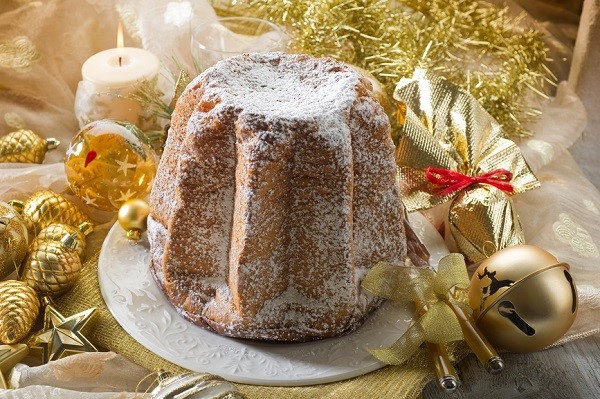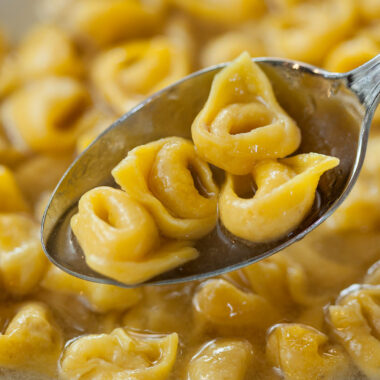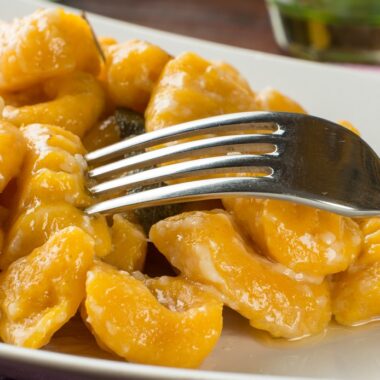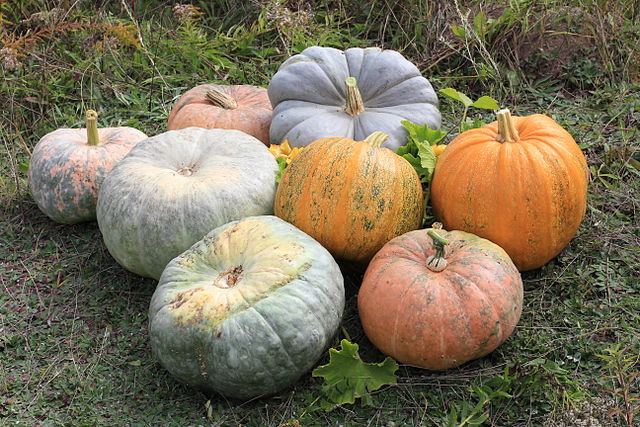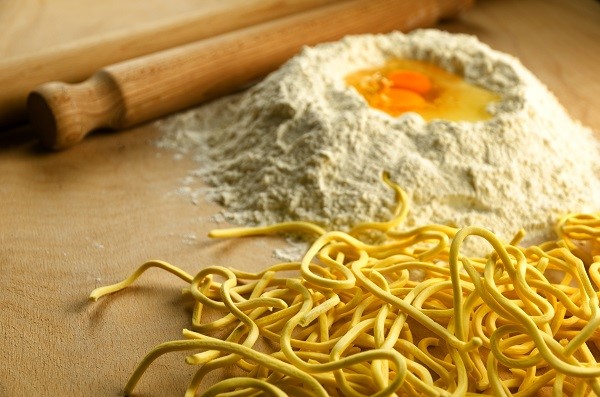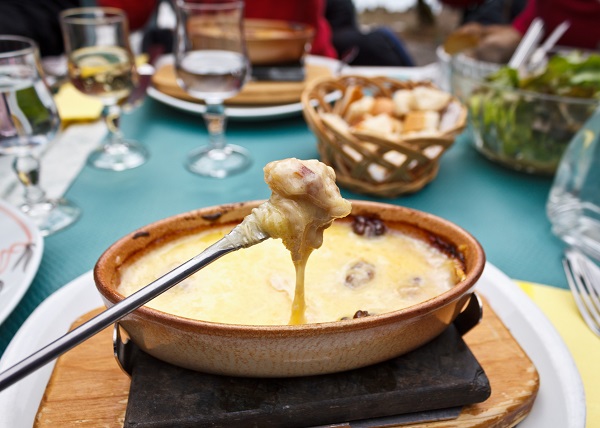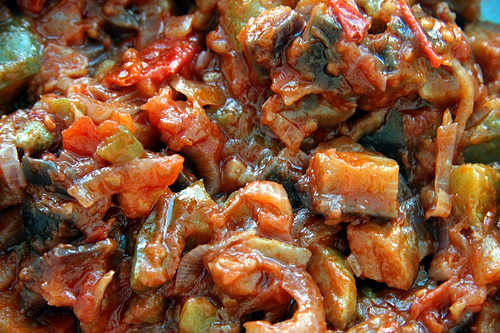Food is an important part of our culture, so it shouldn’t really surprise the country is filled with Italian food museums, from North to South, dedicated to the history of Italy’s culinary tradition.
All those who are interested in Italian food or would like to have more information about it, will have plenty of opportunities to find a museum dedicated to their favorite Italian dish.
Although they are not the only food-dedicated museums in the world, Italian food museums, especially those we’ll look at in this article, are fairly unique, as they celebrate typical Italian products, and they represent an opportunity to understand what the true meaning of Made in Italy is.
Italian food museums: Museo dei confetti
Sugared almonds, in Italian confetti, are so famous in Italy that a whole museum has been dedicated to them. Situated in the sugared almonds’ factory Confetti Pelino (that has been making confetti since 1783), this Italian food museum provides an insight into the long and antique process of confetti production, as carried out traditionally in Sulmona.
This area is known for sugared almonds and it is perhaps the most representative in the country for this type of candy.
The process followed to make confetti, along with its history, supported also by interesting manuscripts and various documents, are all presented in the museum. Visitors will also find the reconstruction of an old lab, as well as a wide collection of wedding favors, with which confetti are typically associated.
Last, but not least, you will get the chance to taste Italian confetti, which are not coriandoli, the word that translates the English confetti.

Ph. credit confettimariopelino.com/museo/
Italian Food Museums: Museo del pomodoro
The Museo del pomodoro, found in Giarola di Collecchio (Parma), will help you discover the various stages of canned tomatoes’ production, as well as the plethora of varieties available. The museum is located in a former food processing centre, which was converted into a tomato sauce factory in 1900.
Here, the history of tomato sauce is told to all visitors: from the early instruments used for packaging, to the TV commercials and ad campaigns that have characterized many Italians’ childhood, the museum offers an interesting look into a type of food that is probably synonym with Italian culinary tradition as no other. The history of tomato sauce and tomato based delicacies is described in depth, up to today’s tomato-inspired fine art productions, and full menus based on tomatoes, from starter to dessert, are also proposed.
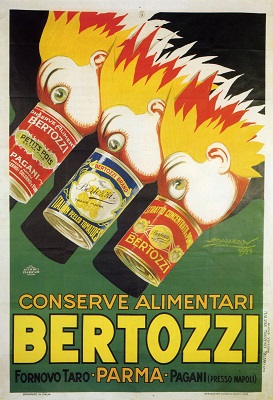
Museo delle paste alimentari (Museum of Pasta)
Pasta is the symbol of Italian cuisine and a museum in honor of this food is a must in our country. The museum is situated in Rome, in the palace of Scanderbeg, not far from Trevi’ s fountain. It includes two floors where the history and production of pasta are explained: the whole process, from the cultivation of the right wheat, to the artisanal and industrial production of pasta, is shown and explained in detail. There is also a library with books on pastifici from all over the world.
Museo del Cioccolato (Chocolate Museum)
The first museum of chocolate was opened in Italy in 1995. Although the Italian capitals of chocolate are Turin and Perugia, the first famous for Venchi and Caffarel, the latter for Perugina, the Museo del Cioccolato is located in a small village in Lazio, Norma. The museum, as many others described in this article, is hosted in a former (chocolate, of course) factory where, beside learning about the history of this beloved and delicious food, you and your children will also have the opportunity to taste some!
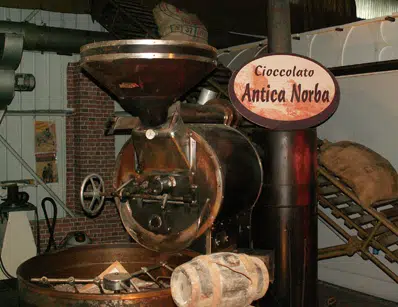
Museo del pane (Bread Museum)
Good bread is always present on Italian tables. All its varieties, as well as some of its most traditional methods of production are celebrated in the museum situated in the castle Visconteo Morando Bolognini in the ancient borgo of Sant’Angelo Lodigiano (Lodi).
The museum is organized in five sections: cereals, how wheat is collected, the different types of bread coming from all over the world, machinery for bread production, the taxes that in the past centuries were imposed on bread and the creation of artistical bread.
Museo dell’anguilla (Eel museum)
Eel is a type of fish frequently eaten in the period of Christmas, but a whole museum has been built telling about it and the ways of cooking it. The museum is in Comacchio, in the province of Ferrara. Comacchio is in fact renowned in the whole country for being the place where the best eels can be fished. The museum offers, beside a history of eel-related dishes, also the possibility to watch how these water-snakes are marinated alive.
The presence of so many Italian food museums is witness to how eating and culinary tradition really counts to us Italians. There may not be paintings on the walls, or ancient archaeological findings to discover, yet these museums present something which is as much part of Italy’s life and culture. They do so by giving their visitors a curious insight on the history and the production, all rigorously ‘made in Italy’ of the delicacies they are dedicated to.
See also: Italian drinks museums


